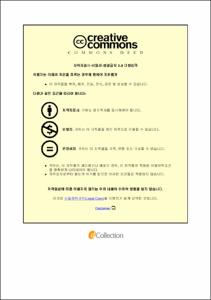觀光者의 鐵道旅行商品 關與度에 따른 顧客滿足에 關한 硏究
= Research on Customer Satisfaction subsequent to a Tourist's Participation in Railroad Traveling Product
- Type
- Thesis
- Department
- 경영대학원 호텔관광외식경영학과
- Issued Date
- 2010
- Publisher
- 한성대학교 경영대학원
- Keyword
- 관광자의 철도여행상품 관여도에 따른 고객만족에 관한 연구
- Appears in Collections:
- 호텔관광외식경영학과 > 1. Thesis
- Files in This Item:
-
-
Download
 000000545016.pdf
기타 데이터 / 812.22 kB / Adobe PDF
000000545016.pdf
기타 데이터 / 812.22 kB / Adobe PDF
-
Items in Repository are protected by copyright, with all rights reserved, unless otherwise indicated.